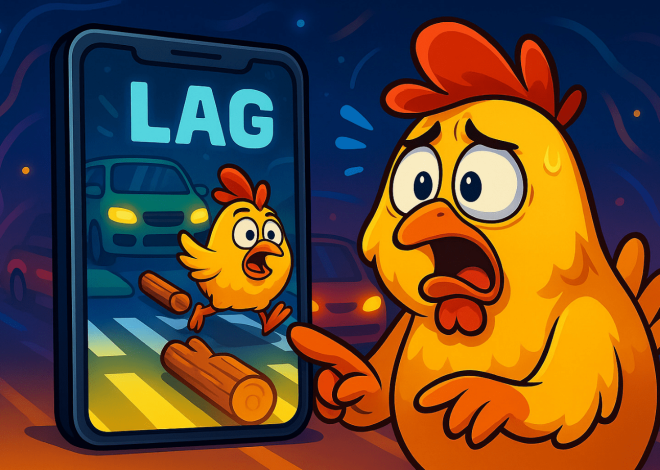
Build a Web Application with Python: Beginner’s Guide
Home >> Python >> How to Build Powerful Web Applications with Python: A Complete Beginner’s Guide
Last Updated: 28 May 2025, 9 min read
Are you dreaming of building a web application but don’t know where to start? Good news — Python might just be your perfect starting point. Known for its simplicity and power, Python has become one of the most popular languages in the world of web development. Big names like Instagram, Reddit, and Pinterest have all used Python to build scalable and reliable web applications.
In this guide, we’ll walk you through how to build powerful web applications with Python, even if you’re a complete beginner. Whether you’re aiming to build a personal project or take the first step toward a career in web development, this guide is for you.
Why Choose Python for Web Applications?

So, why is Python for web applications such a popular choice?
- Easy to learn: Python’s syntax is clean and beginner-friendly. Even if you’re new to programming, you’ll pick it up quickly.
- Readable and maintainable: Python code is like writing plain English, making it easier to read and understand.
- Large standard library: Python comes with a powerful collection of built-in modules to help you do everything from handling databases to creating web servers.
- Strong community support: Whether you’re stuck on a bug or want to add a new feature, chances are someone has already shared the solution online.
- Powerful frameworks: Tools like Flask and Django make building web apps fast and efficient.
With these benefits, Python stands out as a reliable language to build your first web application — especially when you Hire Python Developer with the right skills and experience
Understanding the Basics: What is a Python Web-Based Application?
Before getting into the technicalities, let’s define what a Python web-based application is. Simply put, it’s a software program that users can access via a web browser. Think of apps like Airbnb or Trello. They look like websites but offer additional functionality beyond browsing content. But before all that, you might ask — What is Python? It’s a powerful, beginner-friendly programming language that’s widely used to build such applications.
Think of it like this:
- The frontend is what the user sees (HTML, CSS, JavaScript).
- The backend is where Python lives, working behind the scenes to handle data, logic, and database interactions.
So when you log in to a website or post something online, that interaction is powered by a Python web-based application if it’s built with Python.
Tools You Need Before You Start


To begin building your web application, you’ll need to set up your development environment. A reliable Python development company can help streamline this process for you.
- Python: Download and install Python from the official Python website. Ensure you’re using the latest stable version.
- Pip: Python’s package manager helps you install libraries and frameworks. This usually comes bundled with Python installations.
- Code Editor: Tools like Visual Studio Code (VS Code) offer features like syntax highlighting and debugging, making coding easier.
- Virtual Environment: Virtual environments, like venv, isolate your project dependencies to avoid conflicts with other projects.
- Web Framework: Start with Flask, a beginner-friendly web framework. It’s lightweight and lets you learn the basics without overwhelming complexity.
Once you’ve set up these tools, you’re ready to start coding.
Step-by-Step Guide to Build Your First Python Web Application
Let’s build a simple app using Flask! Here’s how to make applications with Python, step by step.
Step 1: Create a Project Folder
mkdir my-first-app
cd my-first-app
python -m venv venv
source venv/bin/activate # or venv\Scripts\activate on Windows
Step 2: Install Flask
pip install Flask
Step 3: Create Your Main File
# app.py
from flask import Flask, render_template
app = Flask(__name__)
@app.route("/")
def home():
return "Hello, World!"
if __name__ == "__main__":
app.run(debug=True)
Step 4: Run Your Server
python app.py
Visit in your browser, and you’ll see your app in action!
This is how to create applications using Python. And the best part? You can build more features step by step.
Frontend Meets Backend: Connecting Python with HTML Templates
Let’s go beyond “Hello, World” and connect your Python backend with HTML using Jinja2, the default templating engine for Flask.
Folder Structure:
my-first-app/
├── app.py
└── templates/
└── home.html
Sample Template (templates/home.html):
<!DOCTYPE html>
<html>
<head>
<Welcome>
</head>
<body>
<Hello, {{ user }}!/>
</body>
</html>
Update app.py:
from flask import Flask, render_template, request
app = Flask(__name__)
@app.route("/", methods=["GET", "POST"])
def home():
user = request.args.get("user", "Guest")
return render_template("home.html", user=user)
Now visit /?user=Alice — your app says, “Hello, Alice!”Deploying Your Python Web Application
Now that your app is working locally, let’s deploy it online! Here’s how to deploy a Python web-based application using free platforms:
Step 1: Create Requirements File
pip freeze > requirements.txt
Step 2: Create a Procfile
web: python app.py
Step 3: Use Free Hosting Platforms
- Render
- Railway
- PythonAnywhere
Each platform will guide you through connecting your GitHub repo, setting environment variables, and launching your app online.
Tips for Writing Clean Code in Python Applications Programming
As you begin your journey in Python application programming, follow these best practices:
- Keep your code modular: Break down functions and files logically.
- Use comments: Help your future self (and others) understand what your code does.
- Stick to PEP8: Python’s official style guide ensures consistency.
- Use meaningful variable names: user_name > x
- Avoid hardcoding values: Use config files or environment variables.
Good habits make your code easier to maintain and debug!
Common Mistakes Beginners Should Avoid
Here are some pitfalls to watch out for:
- Not validating user input – Always sanitize inputs to avoid security risks.
- Poor folder structure – Keep your code organized for scalability.
- Hardcoding credentials or paths – Use environment variables instead.
- Skipping error handling – Try/except blocks can save your app from crashing.
- Ignoring security basics – Use HTTPS, avoid SQL injection, and don’t expose sensitive data.
Also, tools like Flask Debug Toolbar and Python’s built-in logging module can help troubleshoot bugs.
Final Thoughts on Building Web Applications with Python
And there you have it — your very first Python web-based application is live!
You’ve learned:
- Why Python is great for web development
- What tools and frameworks do you need
- How to make and deploy a simple Flask app
- Best practices and common beginner mistakes
As your next steps, consider:
- Adding a database like SQLite or PostgreSQL
- Using Django for more complex apps
- Exploring frontend tools like React or Vue
Remember, every expert was once a beginner. Keep learning, keep building, and soon you’ll be crafting powerful applications with ease.
FAQ’S
Python is best for backend; use HTML/CSS/JS for frontend integration.
Flask is simpler for beginners; Django is great for larger apps.
You can build a basic Flask app in a few hours to a couple of days.
Yes, Python remains a top choice for scalable and fast web development.
News
Berita Olahraga
News
Berita Terkini
Berita Terbaru
Berita Teknologi
Seputar Teknologi
Drama Korea
Resep Masakan
Pendidikan
Berita Terbaru
Berita Terbaru
Berita Terbaru


